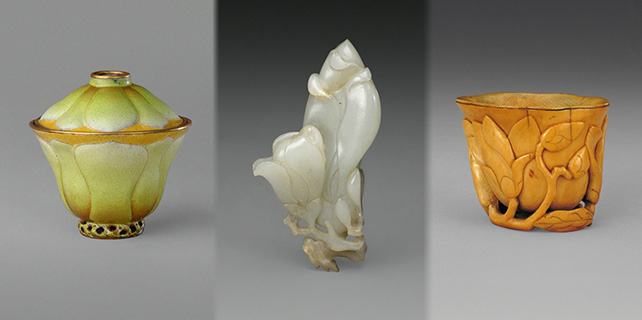Tide turns for water purification
Scientists at Manchester University, who discovered graphene, a tough material which comprises a single layer of carbon atoms arranged in a hexagonal lattice and is 200 time tougher than steel, have found that it can be used as a sieve to filter seawater - and other non-drinkable water - to produce drinking water.
Charities such as Water Aid and Oxfam have already expressed interest, and the university is now seeking industrial investment, with Chinese companies one of their targets.
China's State-owned Aviation Industry of China, or AVIC, is already collaborating with the University to find uses for graphene in aircraft manufacture. Telecoms giant Huawei is also working with Manchester University to see what use graphene, which has extraordinary tensile strength and electrical conductivity, can have in its mobile handsets and tablets.
Ben Robinson, Manchester University's Graphene communications and marketing office, said: "The ability to filter water using graphene has been proven, and we have a working prototype in the laboratory. But universities in this country aren't really commercial enterprises, so it all depends on industry investment."
He said there had been a lot of interest already from various countries, and said the university was keen to attract Chinese investment, although he wouldn't give any details.
President Xi Jinping visited the university's graphene department during his state visit to the UK in 2015. Manchester University has almost 4,000 Chinese students and 170 Chinese staff members.
Graphene, apart from its strength, also has a much stronger ability to conduct electricity than copper.
Scientists led by Rahul Nair in Manchester have made a membrane using liquid graphene, or graphene oxide, and managed to control the size of the holes so salt from seawater can be filtered out.
Nair said unlike other applications:"Graphene oxide can be produced by simple oxidation in the lab."
He told BBC News:"As an ink or solution, we can compose it on a substrate or porous material. Then we can use it as a membrane. In terms of scalability and the cost of the material, graphene oxide has a potential advantage."
By 2025 the UN expects that 14 percent of the world's population will encounter water scarcity. As the effects of climate change continue to reduce urban water supplies, wealthy developed countries are also investing in desalination technologies.
Current desalination plants around the world use polymer-based membranes, but graphene-based filters are regarded as more efficient and potentially easier to produce.






















